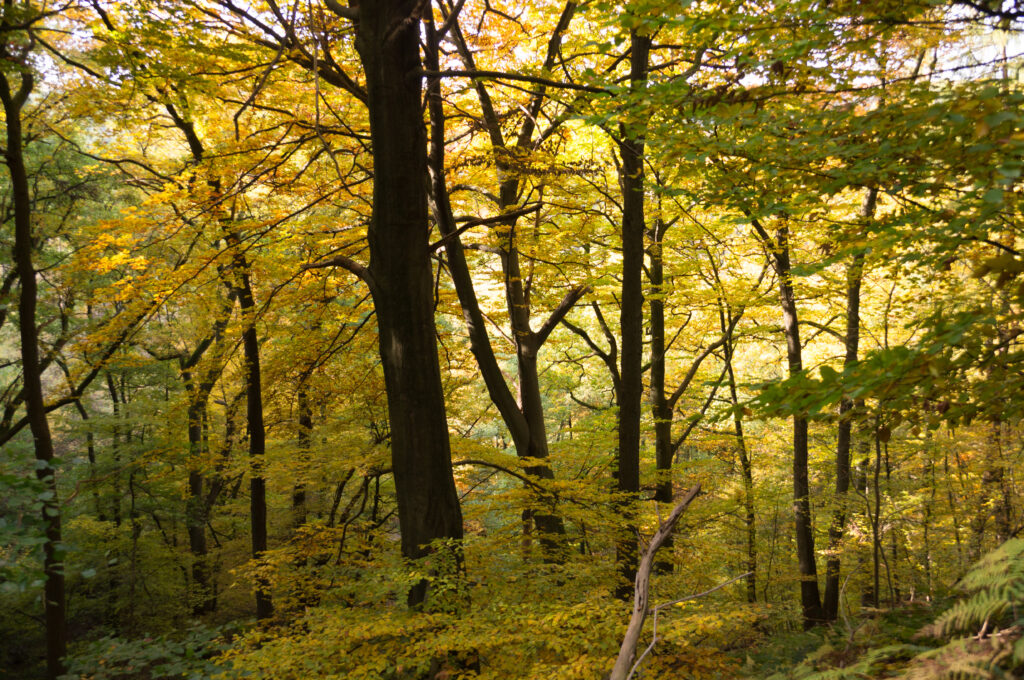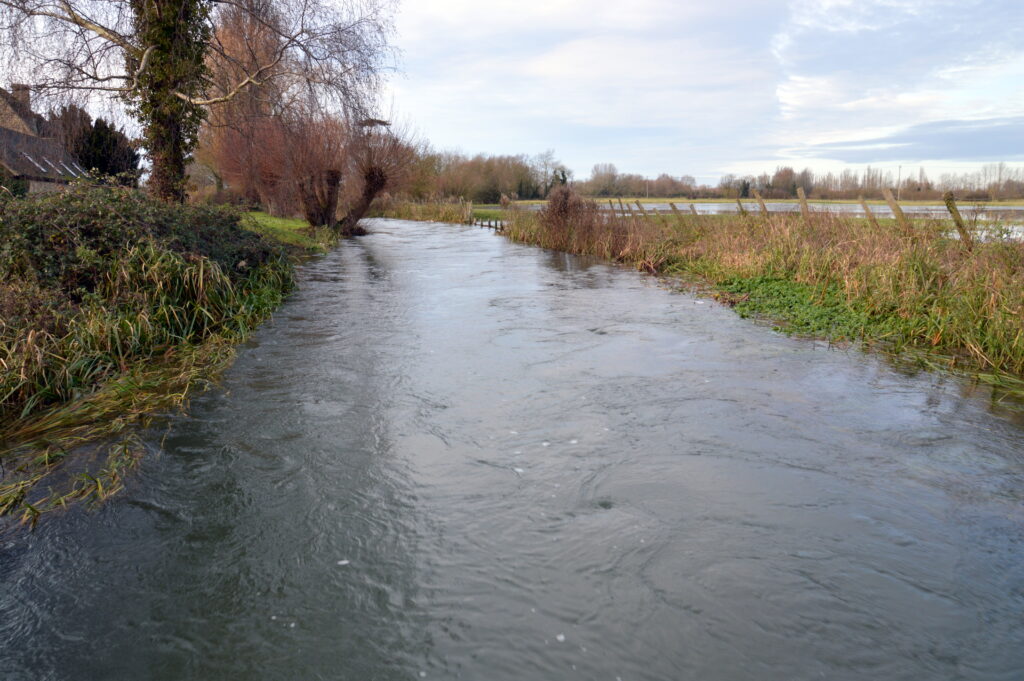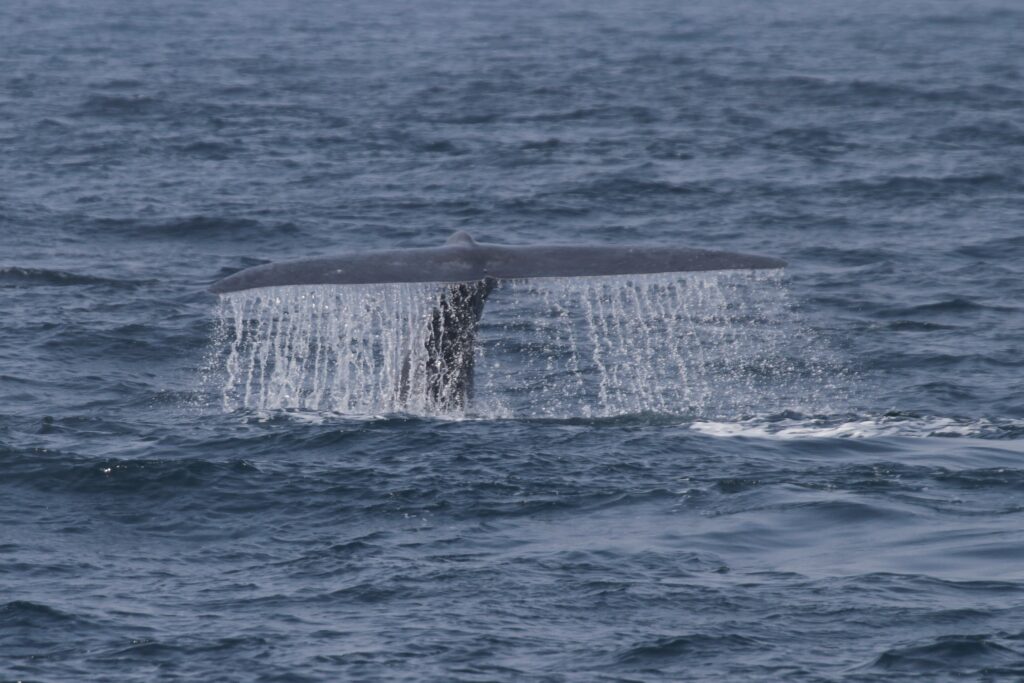Climate Crisis
Plants may absorb more CO2 from human activities than previously thought, according to new research. More realistic modelling that considers critical physiological processes inside plants paints a more positive picture than previous predictions. The efficiency of carbon transport in plant leaves, the ability of plants to adjust to changes in temperatures, and how plants distribute nutrients in the canopy, often ignored in climate modelling, were examined in this study. Scientists stress that simply planting more trees is not a silver-bullet solution, but that the research does underline the importance of efforts to conserve existing vegetation.

Red alerts have been issued as Brazil suffers an unprecedented heatwave. Temperatures are likely to remain 5°C above average for longer than five days and could pose a serious danger to human health. Rio de Janeiro recorded 42.5°C, breaking November records, and due to high humidity felt like 58.5°C according to authorities. The heatwave has been attributed to a combination of the El Niño climate phenomenon and climate change. The human impact of such extremes is significant with “unbearable” temperatures leading to sleepless nights, exhaustion, illness and death.
Pollution
Most bathing spots in English rivers and lakes have unsafe pollution levels, according to a new report. The campaign group Surfers Against Sewage took a sample of popular swimming and water sports locations and found that 60% had unsafe levels of pollution. This year across the UK, untreated sewage was discharged 399,864 times into waterways, resulting in a reported 1,924 cases of illness. The report highlighted the case of a physics teacher from Exeter who contracted an incurable disease known as Ménierè’s disease after surfing at Saunton Sands in Devon.

The high court has ruled that Defra’s failure to protect and restore water bodies is ‘unlawful’. Fish Legal and Pickering Fishery Association took the government to court over its river basin management plan for the Costa Beck, a small river in Yorkshire. They argued that the Environment Agency had failed to follow through with proposed action against polluters. The judge accepted discharges of pollution were contributing to the poor condition of the river and that the government and Environment Agency had failed in their mandatory duty to put in place measures to restore rivers under the Water Framework Directive.
Extinction Risk
Blue Whales have returned to safe havens in the Indian Ocean where they were wiped out decades ago. Underwater recordings made by researchers in the Seychelles revealed that the whales spend months in the region, suggesting that they may be breeding there. The discovery has been hailed as a “conservation win” given the decimation of whale populations by commercial whaling. More than 300,000 Blue Whales were killed by whalers in the southern hemisphere with around 30,000 killed in a single year during the 1930’s. A crackdown on commercial whaling in the 1980’s brought the species back from the brink of extinction; however, Blue Whale numbers remain a fraction of what they once were before the development of industrial whaling operations in the 20th century.

New research has revealed that there is a significant threat of future waves of invasive species. Biological invasions can cause extinctions, spread diseases and cost trillions in damage and control. Researchers found that, on average, around 1% of all living organisms have been transported by humans somewhere in the world. The study indicates a huge potential for future biological invasions with an expected rise in associated socio-economic and environmental impacts.
Conservation
A hedgehog fence in Dorset is helping to protect threatened seabird chicks. Little Terns are one of the most threatened seabirds in the UK and the RSPB’s Chesil Little Tern Recovery Project seeks to reverse its decline. Trail cameras had revealed that hedgehogs had been eating Little Tern eggs. Given the protected status of hedgehogs, the project worked with the charity Hedgehog Friendly Portland to design a hedgehog fence and implement diversionary feeding. At least 45 Little Terns successfully fledged at Chesil Beach in 2023, compared with just three in 2021.

Policy
The US will outline its nuclear fusion power strategy at COP28. John Kerry, the US Special Envoy on Climate Change, will set out the plan at the UN summit that will be held in Dubai from the 30th of November. The plan has been described as being the first international strategy for nuclear fusion power commercialisation. Nuclear fusion has long been looked at as a potentially limitless source of clean energy.
Read the last edition of Biodiversity News from the NHBS Blog which follows stories on endangered echidnas and an explosion in jellyfish numbers.






